Canada’s vast wilderness stretches before us like a living museum, where ancient stories whisper through towering forests and echo across frozen tundra. This land has witnessed an incredible parade of life over millions of years, from massive woolly mammoths trumpeting across ice-covered plains to the graceful moose that wade through northern lakes today. The natural history of this remarkable country reads like an epic adventure novel, filled with dramatic climate shifts, evolutionary triumphs, and survival stories that would make Hollywood jealous.
When Giants Ruled the Frozen North
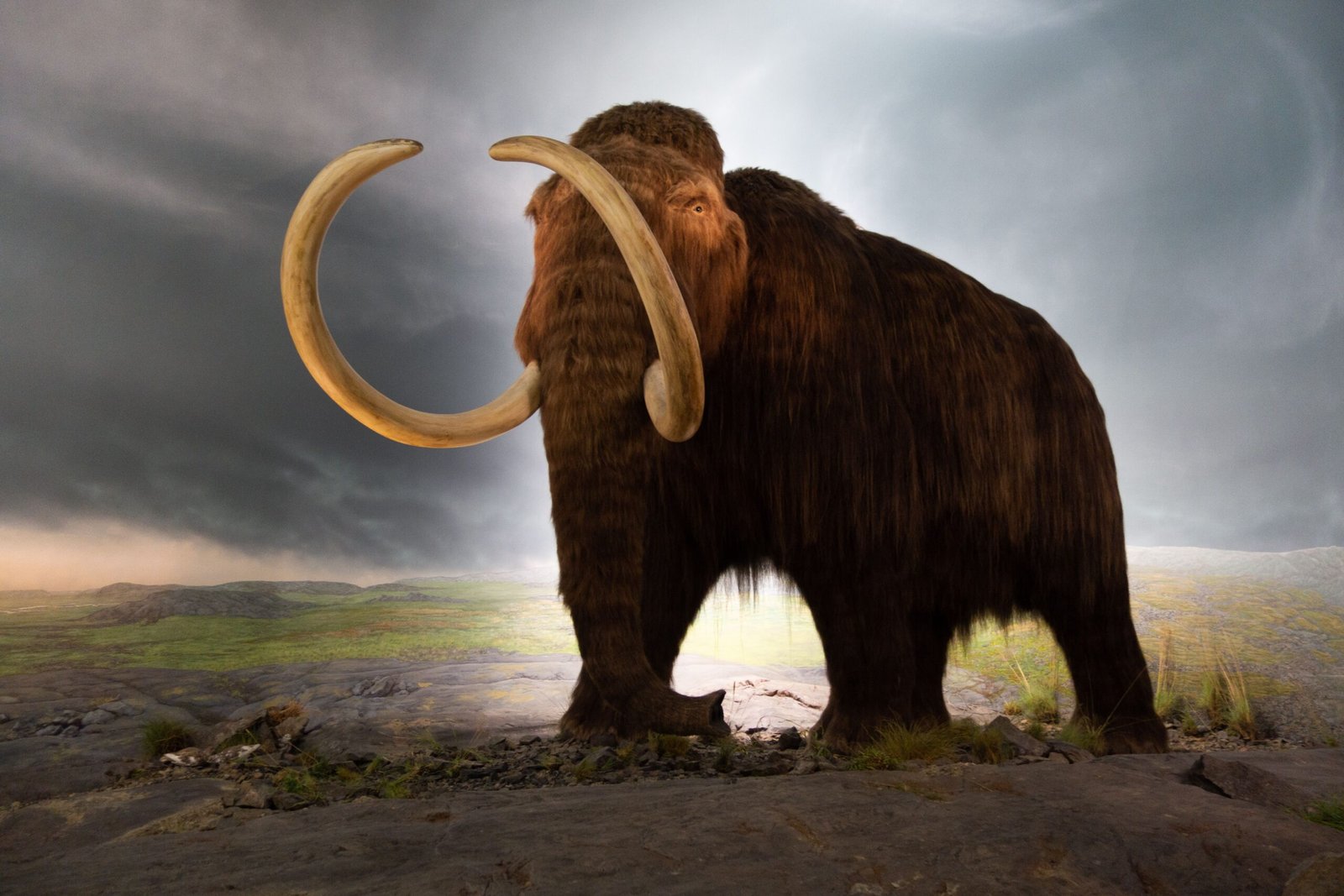
Imagine stepping back 20,000 years into a Canada that would barely be recognizable today. Massive woolly mammoths, standing nearly 11 feet tall, dominated landscapes that stretched endlessly under glacial ice. These incredible creatures weren’t alone in their frozen kingdom – giant ground sloths the size of small cars shuffled alongside them, while saber-toothed cats prowled through the shadows. The Pleistocene epoch transformed Canada into a prehistoric wonderland where survival meant adapting to some of the harshest conditions Earth has ever known. Cave bears, larger than any modern grizzly, hibernated in dens carved from solid rock, while herds of ancient bison thundered across ice-free corridors. This wasn’t just cold – this was a completely different world where only the most resilient species could thrive.
The Great Melt and Mass Extinction

Around 12,000 years ago, something catastrophic happened that changed everything. The ice began to retreat, and with it came one of the most dramatic extinction events in North American history. Within just a few thousand years, over 70% of large mammal species vanished forever from Canadian soil. Scientists still debate whether climate change, human hunting, or disease caused this massive die-off, but the results were undeniable – an entire ecosystem collapsed. The woolly mammoth’s final trumpet calls echoed across empty tundra as these giants disappeared into legend. What emerged from this environmental chaos was a completely new Canada, one that would slowly be colonized by the ancestors of today’s wildlife. It’s mind-boggling to think that this transformation happened in what amounts to a geological blink of an eye.
Early Forests Rise from Ancient Glaciers

As the ice sheets retreated northward, they left behind a blank canvas for life to repaint. The first pioneers were tough, hardy plants that could survive in nutrient-poor soils and harsh conditions. Slowly, forests began to creep across the landscape like green waves washing over barren rock. Spruce and fir trees led the charge, followed by deciduous species that would eventually create the mixed forests we know today. These early woodlands became crucial highways for animals migrating north from warmer refuges where they had waited out the ice age. Birds returned in massive numbers, their songs filling forests that had been silent for millennia. Within just a few thousand years, what had been a frozen wasteland transformed into the foundation of Canada’s modern boreal forest – nature’s greatest comeback story.
The Arrival of Iconic Canadian Species
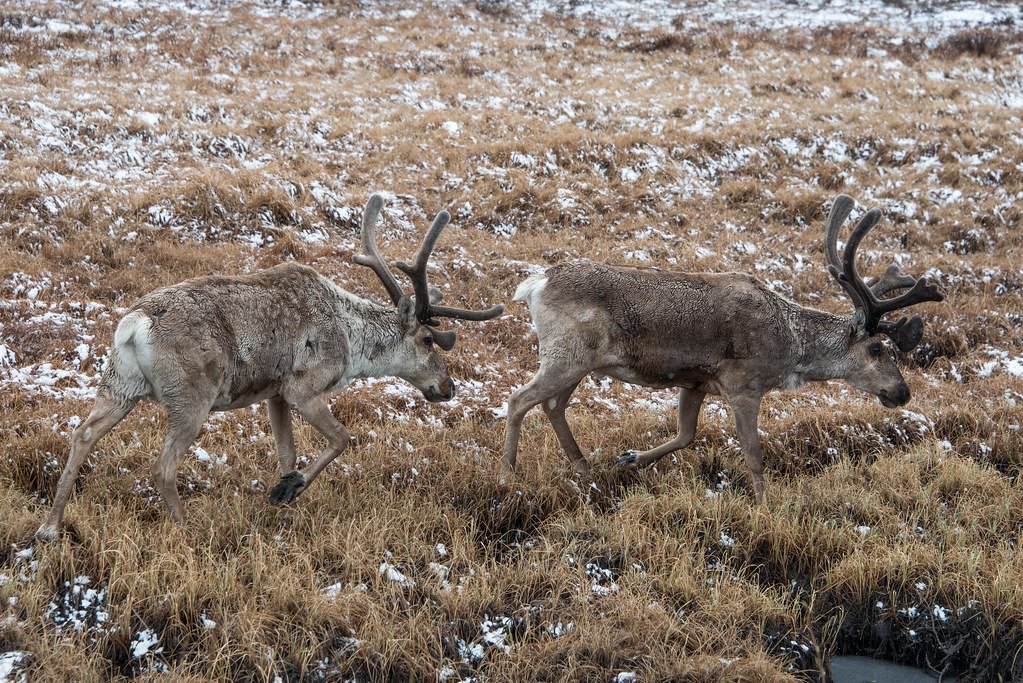
Following the retreating glaciers came a parade of animals that would become Canada’s most beloved wildlife ambassadors. Caribou were among the first to establish themselves, their seasonal migrations creating ancient pathways still used today. Black bears emerged from southern refuges, quickly adapting to the abundant berry crops and fish runs of the new landscape. Wolves followed the herds north, re-establishing pack territories across the expanding wilderness. These weren’t random arrivals – each species filled specific ecological roles that had been empty since the ice age extinctions. The Canada goose, now so common we sometimes take it for granted, was actually a remarkable success story of post-glacial adaptation. By 8,000 years ago, the basic cast of characters that would define Canadian wildlife for millennia was finally in place.
Indigenous Peoples Shape the Landscape

Long before European explorers set foot on Canadian soil, Indigenous peoples had been actively managing and shaping the landscape for thousands of years. They used controlled burns to maintain prairies and encourage the growth of food plants, creating mosaic patterns of habitats that supported incredible biodiversity. Their hunting practices were sustainable and selective, helping maintain healthy predator-prey relationships that kept ecosystems in balance. Archaeological evidence shows that Indigenous communities developed sophisticated understanding of animal behavior, migration patterns, and seasonal cycles. They weren’t just living in harmony with nature – they were actively participating in its management. This indigenous knowledge, passed down through generations of oral tradition, represents one of the world’s longest-running wildlife management programs. Their influence on Canada’s natural history extends far beyond what most people realize.
European Contact and Ecological Upheaval

The arrival of European fur traders in the 16th and 17th centuries triggered ecological changes that rippled across the entire continent. The demand for beaver pelts was so intense that it nearly drove the species to extinction in many regions. But the impact went far beyond just trapping – European diseases decimated Indigenous populations, disrupting traditional land management practices that had shaped ecosystems for millennia. Introduced species began appearing, sometimes accidentally, sometimes intentionally, forever altering the biological makeup of Canadian landscapes. European livestock, crops, and weeds established themselves in areas where they had never existed before. Within just a few centuries, the ecological balance that had existed for thousands of years was completely transformed. This period represents one of the most rapid and dramatic changes in Canada’s natural history since the end of the ice age.
The Beaver’s Remarkable Recovery Story
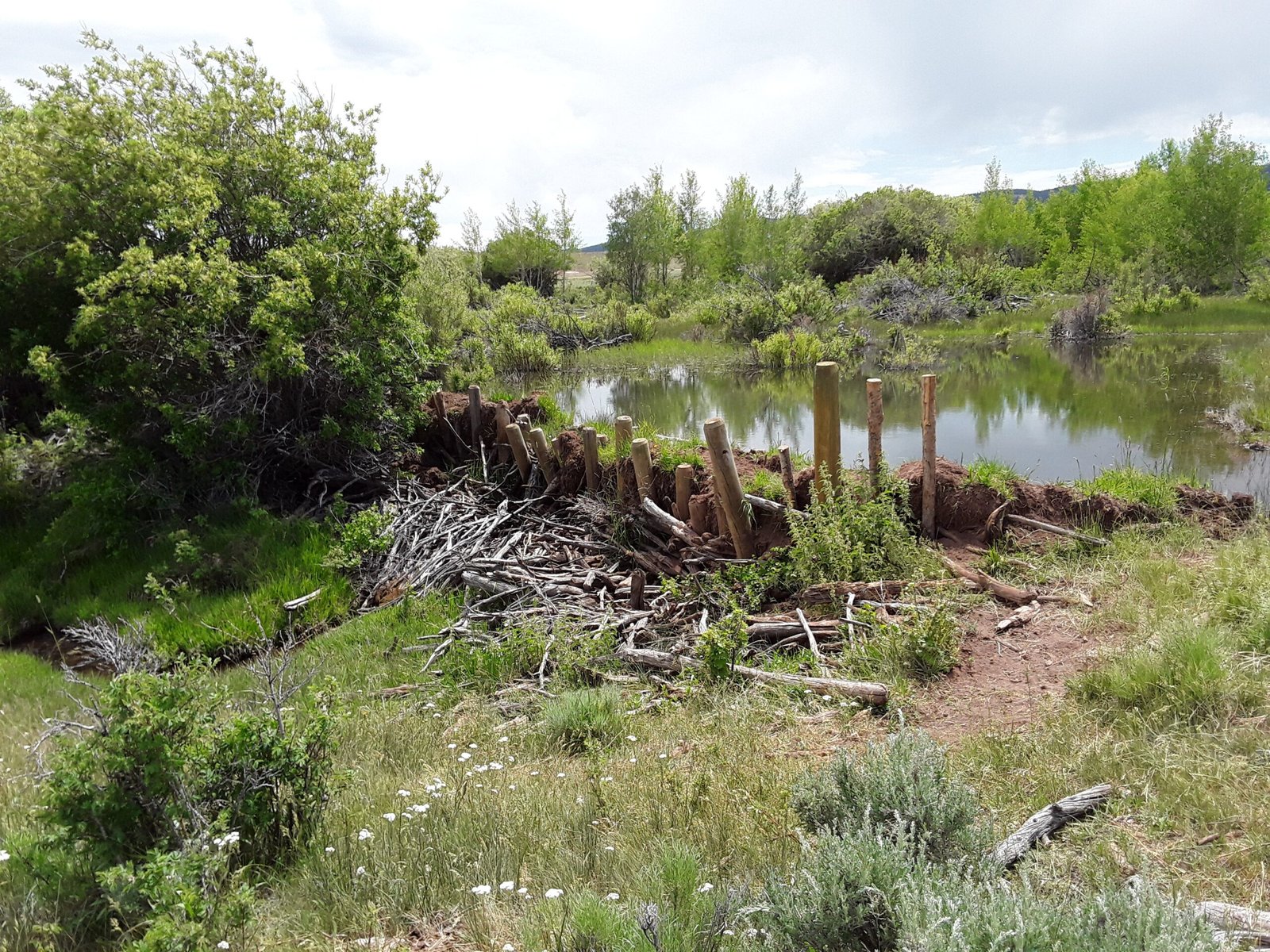
No animal better represents both the destruction and recovery themes of Canadian natural history than the beaver. By 1900, these industrious engineers had been trapped almost to extinction, with populations dropping from an estimated 60 million to fewer than 100,000 across all of North America. But conservation efforts, habitat protection, and the beaver’s own remarkable adaptability led to one of wildlife management’s greatest success stories. Today, beaver populations have rebounded to several million, and they’re once again reshaping Canadian waterways with their dams and lodges. Their return has had cascading effects throughout ecosystems – their ponds create wetland habitats for dozens of other species, from waterfowl to amphibians. The beaver’s comeback proves that even severely damaged ecosystems can recover when given proper protection and management. It’s a testament to the resilience of both nature and human conservation efforts.
Birth of the Modern Moose
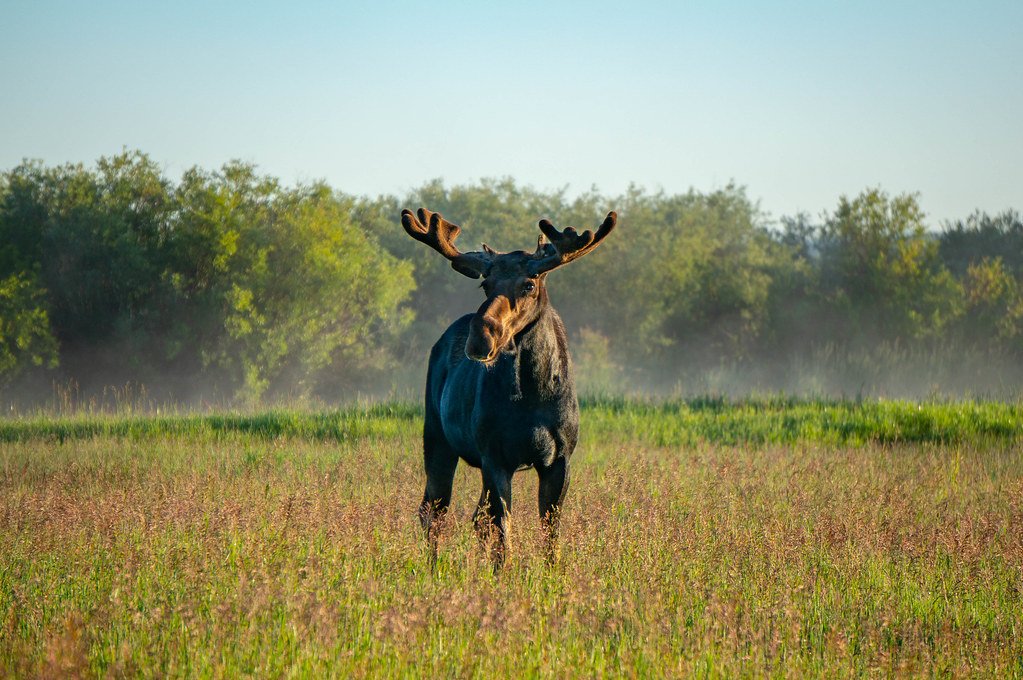
While many associate moose with ancient Canadian wilderness, these giants are actually relative newcomers to the ecological scene. Modern moose evolved during the Pleistocene epoch, but the populations we see today are descendants of animals that recolonized Canada after the ice age. These magnificent creatures, weighing up to 1,500 pounds, perfectly adapted to life in Canada’s boreal forests and wetlands. Their long legs help them wade through deep snow and marshy terrain, while their massive antlers – which can span six feet – serve as both weapons and status symbols. Moose populations fluctuate dramatically based on factors like food availability, predation pressure, and climate conditions. During peak years, a single moose can consume over 50 pounds of vegetation daily, making them one of the most influential herbivores in Canadian ecosystems. Their presence shapes forest structure and plant communities across millions of acres of wilderness.
Predators Return to Reclaim Their Territory

The recovery of Canada’s large predators represents one of the most exciting chapters in modern conservation. Wolves, once hunted relentlessly and extirpated from much of their range, have made remarkable comebacks in many regions. Gray wolf populations now number in the tens of thousands across Canada, playing their crucial role as ecosystem regulators. Mountain lions have quietly expanded their range eastward, reclaiming territories they hadn’t occupied for decades. Even more dramatic is the recovery of grizzly bears in some areas, though their populations remain precarious in many regions. These predator recoveries have had profound effects on prey populations and vegetation patterns, demonstrating the interconnected nature of healthy ecosystems. The return of apex predators to Canadian wilderness represents hope that damaged ecosystems can heal when given the chance.
Climate Change Reshapes Northern Ecosystems

Canada’s northern regions are experiencing climate change at twice the global average, creating shifts in wildlife populations that echo the dramatic changes of the post-ice age period. Arctic species like polar bears and caribou face unprecedented challenges as sea ice disappears and tundra vegetation changes. But climate change is also creating opportunities for southern species to expand northward into previously inhospitable territories. White-tailed deer are now common in areas where they were never seen before, while some bird species are extending their ranges hundreds of miles north of their historical limits. These changes happen much faster than evolutionary adaptation typically allows, creating mismatches between species and their environments. The boreal forest itself is shifting northward, with tree lines advancing into former tundra at rates not seen since the end of the ice age. Understanding these changes is crucial for predicting what Canada’s natural heritage will look like in the coming decades.
Marine Giants of the Atlantic and Pacific

Canada’s marine environments tell their own remarkable story of recovery and challenge. Humpback whales, once decimated by commercial whaling, have made spectacular comebacks in both Atlantic and Pacific waters. These 40-ton giants now thrill whale watchers with their acrobatic breaches and complex songs that carry for miles underwater. North Atlantic right whales face a more precarious situation, with fewer than 400 individuals remaining and new threats from shipping traffic and fishing gear entanglement. On the Pacific side, orca populations showcase the complexity of marine ecosystems, with different pods specializing in hunting salmon, seals, or other marine mammals. The recovery of marine mammal populations has had cascading effects throughout ocean food webs, influencing everything from fish populations to seabird nesting success. These marine success stories prove that even oceanic ecosystems can recover from intensive exploitation when given proper protection.
Birds: Masters of Adaptation and Migration

Canada serves as a crucial breeding ground for billions of migratory birds, making it one of the most important bird habitats in the world. The boreal forest alone hosts over 300 bird species, from tiny warblers to massive great gray owls. These avian populations face unique challenges as they must navigate between breeding grounds in Canada and wintering areas thousands of miles away in Central and South America. Climate change is shifting the timing of insect emergence, creating mismatches between peak food availability and nesting seasons. Some species, like the evening grosbeak, have experienced dramatic population declines that scientists are still trying to understand. However, other species have shown remarkable adaptability – Canada geese populations have exploded in some areas, sometimes creating conflicts with human activities. The story of Canadian birds illustrates both the resilience of wildlife and the complex challenges facing species in our rapidly changing world.
Freshwater Ecosystems and Their Hidden Treasures
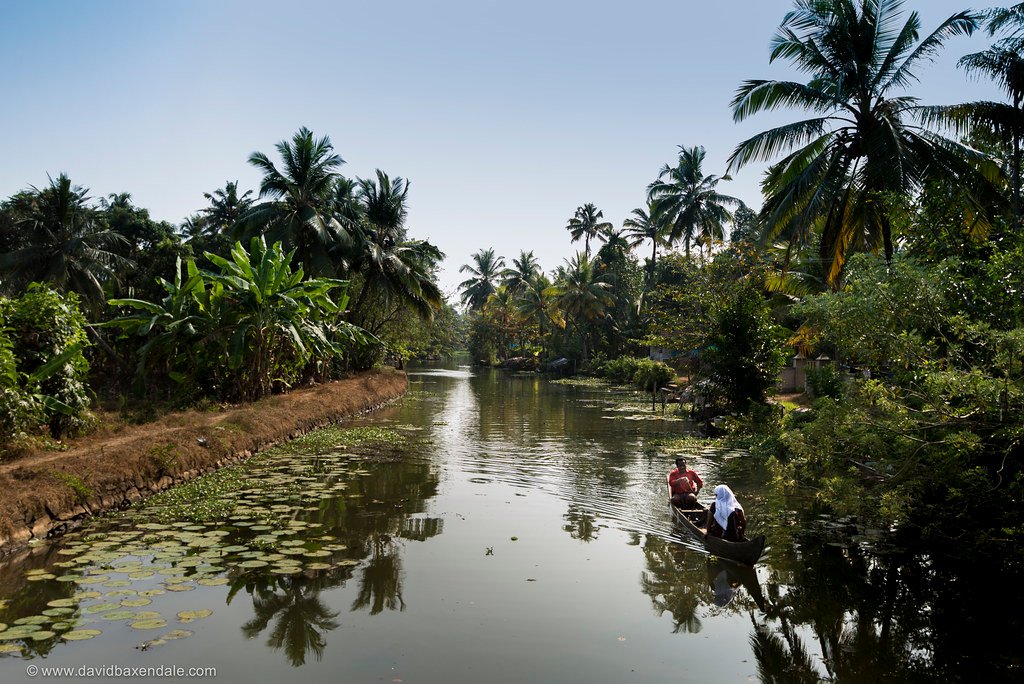
Canada contains more freshwater than almost any other country, creating aquatic ecosystems that support incredible biodiversity. Lake trout, brook trout, and Arctic char represent ancient lineages that survived ice age glaciation in isolated refuges. These fish populations have evolved unique characteristics in different lake systems, creating genetic diversity that represents millions of years of evolution. Wetland ecosystems, from prairie potholes to boreal bogs, support everything from microscopic zooplankton to massive moose. The health of these freshwater systems depends on complex interactions between climate, water chemistry, and biological communities. Invasive species like zebra mussels and sea lamprey have disrupted some systems, while pollution and development threaten others. Yet many Canadian freshwater ecosystems remain among the most pristine in the world, serving as benchmarks for what healthy aquatic environments should look like. These hidden aquatic treasures represent some of Canada’s most valuable natural heritage.
The Prairie Ecosystem’s Dramatic Transformation

Canada’s prairies underwent one of the most complete transformations of any ecosystem in the country. Originally, vast grasslands stretched across the southern portions of Manitoba, Saskatchewan, and Alberta, supporting millions of bison and countless other species. Within just a few decades of European settlement, this ecosystem was almost entirely converted to agriculture. Bison herds that once numbered in the millions were reduced to fewer than 1,000 animals by 1890. The near-extinction of bison triggered cascading effects throughout prairie ecosystems, affecting everything from soil structure to fire patterns. Today, less than 1% of original prairie grassland remains, making it one of the most endangered ecosystems in Canada. However, conservation efforts and bison reintroduction programs are helping restore small patches of this once-mighty ecosystem. The prairie transformation represents both the power of human impact on natural systems and the importance of conservation efforts to preserve what remains.
Forest Fires: Destruction and Renewal

Fire has shaped Canadian forests for thousands of years, creating the mosaic landscapes that support the country’s incredible biodiversity. Boreal forests have evolved with fire as a natural process, with many tree species actually requiring fire to reproduce successfully. Jack pine cones, for example, only open and release their seeds when exposed to intense heat from flames. Indigenous peoples understood this relationship and used controlled burns to manage forest health long before European contact. Modern fire suppression efforts, while protecting human communities, have sometimes led to unnatural fuel buildup that creates more intense and destructive fires. Recent massive wildfires in British Columbia and Alberta remind us that fire remains a powerful force in Canadian ecosystems. The challenge now is learning to live with fire as a natural process while protecting human communities and infrastructure. Understanding fire’s role in forest ecology is crucial for managing Canada’s vast wilderness areas.
Urban Wildlife: Adapting to Human Landscapes
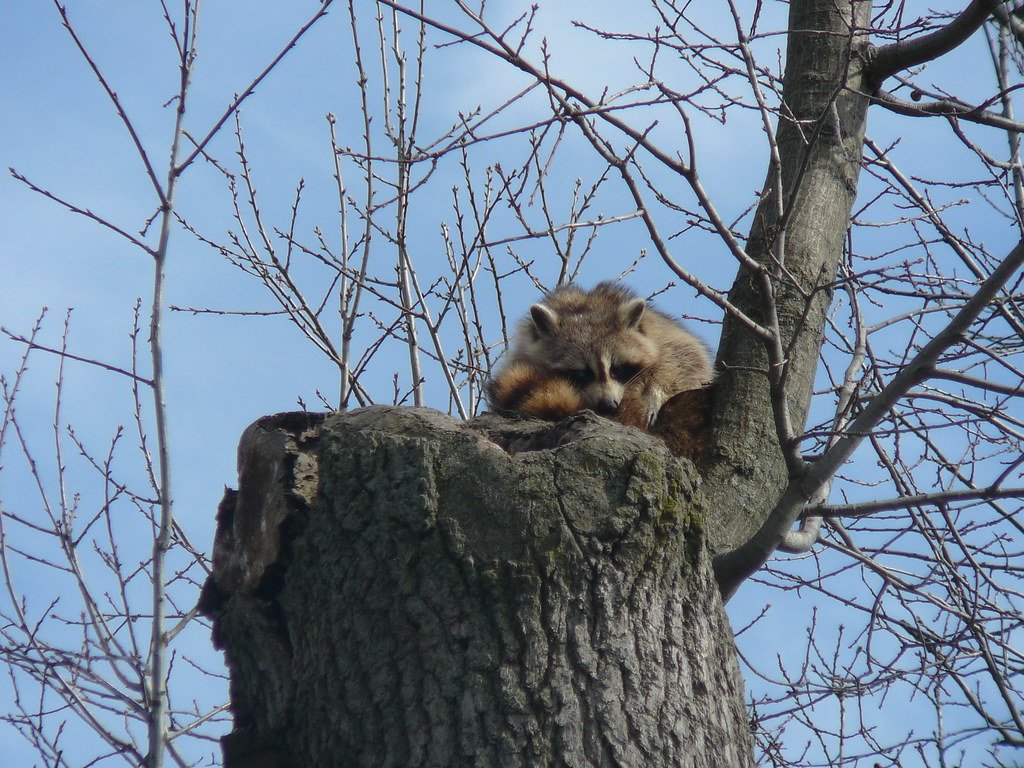
As Canadian cities have grown, wildlife has shown remarkable adaptability in learning to live alongside human development. Urban coyotes now thrive in cities from Vancouver to Toronto, hunting everything from rodents to garbage scraps. Peregrine falcons nest on skyscrapers, using tall buildings as artificial cliff faces from which to hunt pigeons. Black bears regularly visit suburban neighborhoods in search of bird feeders and garbage cans, leading to increased human-wildlife conflicts. Even moose occasionally wander into urban areas, creating spectacular traffic jams and media events. This urban wildlife phenomenon represents a new chapter in Canadian natural history, as species learn to exploit resources in human-dominated landscapes. Some species thrive in urban environments, while others struggle to adapt to noise, lights, and habitat fragmentation. The success of urban wildlife programs depends on human tolerance and proper management strategies that allow coexistence.
Conservation Success Stories That Inspire Hope

Despite numerous challenges, Canada has achieved remarkable conservation successes that demonstrate what’s possible when science, policy, and public support align. Wood bison populations, once reduced to fewer than 250 animals, now number over 10,000 thanks to intensive breeding and reintroduction programs. Trumpeter swans, North America’s largest waterfowl, have recovered from near-extinction to stable populations across much of their range. The North American Waterfowl Management Plan has helped restore millions of acres of wetland habitat, benefiting countless species beyond just ducks and geese. Parks Canada’s species recovery programs have pulled numerous species back from the brink of extinction through captive breeding, habitat restoration, and public education. These successes prove that conservation works when adequate resources and long-term commitment are applied. They also demonstrate the importance of international cooperation, as many recovered species migrate across national boundaries. Each success story builds momentum for tackling the next conservation challenge.
Emerging Threats and Future Challenges

While celebrating conservation successes, Canada faces unprecedented new challenges that will test the resilience of its natural heritage. Microplastics are now found in remote Arctic waters, affecting marine food webs in ways scientists are just beginning to understand. Invasive species continue to arrive through global trade, with zebra mussels, emerald ash borers, and Asian carp posing serious threats to native ecosystems. Disease outbreaks, like white-nose syndrome in bats and chronic wasting disease in deer, are spreading across wildlife populations faster than management agencies can respond. The pace of climate change is accelerating, creating environmental conditions that haven’t existed since the end of the ice age. Habitat fragmentation from development and resource extraction continues to isolate wildlife populations and disrupt migration corridors. These challenges require new approaches to conservation that can address multiple stressors simultaneously while adapting to rapidly changing conditions.
The Next Chapter in Canada’s Natural Story
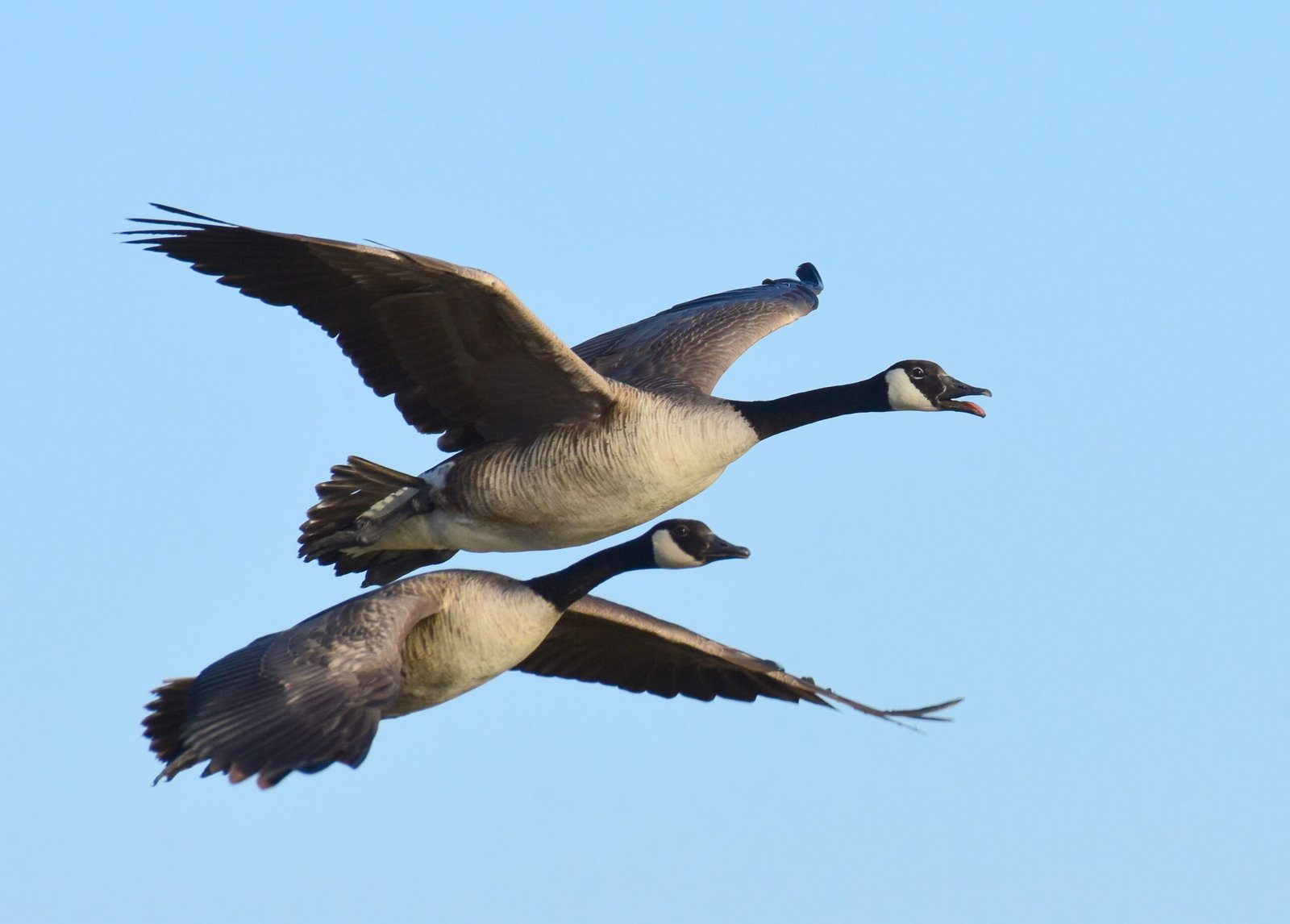
Canada’s natural history continues to unfold before our eyes, with each generation witnessing changes that previous generations could never have imagined. Today’s wildlife populations face challenges and opportunities that are fundamentally different from anything in the past 10,000 years. Technology offers new tools for monitoring and protecting wildlife, from satellite tracking to genetic analysis that can guide conservation decisions. Indigenous knowledge systems are being recognized and integrated with Western science, creating more holistic approaches to ecosystem management. Young Canadians are showing unprecedented interest in nature and conservation, suggesting that future stewardship will be even more informed and passionate than today’s efforts. The species that survive and thrive in tomorrow’s Canada will be those that can adapt to rapid environmental change while maintaining their ecological roles. From ancient mammoths to modern moose, the story of Canadian wildlife has always been one of adaptation, survival, and renewal – and that story is far from over.
The remarkable journey from ice age giants to today’s diverse wildlife communities reveals nature’s incredible capacity for both destruction and renewal. Canada’s natural heritage represents millions of years of evolutionary experimentation, climatic challenges, and ecological adaptation that continues shaping the landscape around us. What will the next chapter bring to this ongoing story of survival and change?




